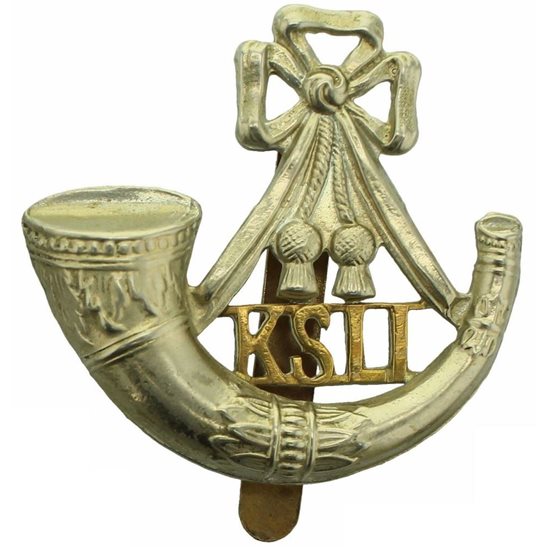Personal Details
Born: 15 January 1882 in Brown Moss, Whitchurch, Shropshire and baptised in Tilstock Church on 13 August the same year.
Family: He was the son of Sarah Moss and grandson of James and Elizabeth Moss. His mother later married John Madeley and had five more children, James’ half siblings. He married Winifred Crewe on 22 June 1903 in Whitchurch and together they had six children – James, Lilian Mary, Frances, Winifred, Katherine May and Marjorie Rose.
Residence: In 1891 he lived with his grandparents at Brown Moss, Heath Lane, Whitchurch; by 1911 and now married, he lived with his wife and children at 2 Raven Yard, Whitchurch, the address shown for him on the 1919 Absent Voters’ Register. In 1939 he lived at 21 Rosemary Lane, Whitchurch. At the time of his death he was living at 16 Castle Court, Whitchurch.
Employment: In 1911 he was a farm labourer; in 1939 his occupation was iron roofer’s helper.
Died: In 1974 at the Orthopaedic Hospital, Gobowen, Oswestry, Shropshire, aged 92, and was buried on 9 December the same year in Whitchurch cemetery.
Military Details
Regiment: King’s Shropshire Light Infantry (previously Shropshire Yeomanry)
Rank: Private
Service Number: 230297 (previously 1982)
Date of Enlistment: 1914
Date of Discharge: 1919
Reason for Discharge: Not known
Other Information: James served in the Shropshire Regiment (number 734) between 1900 and 1901 and in the Staffordshire Regiment (number 6600) between 1901 and 1 February 1903.
James was awarded the Campaign Medals (British War Medal and Victory Medal)

The British War Medal (also known as 'Squeak') was a silver or bronze medal awarded to officers and men of the British and Imperial Forces who either entered a theatre of war or entered service overseas between 5th August 1914 and 11th November 1918 inclusive. This was later extended to services in Russia, Siberia and some other areas in 1919 and 1920. Approximately 6.5 million British War Medals were issued. Approximately 6.4 million of these were the silver versions of this medal. Around 110,000 of a bronze version were issued mainly to Chinese, Maltese and Indian Labour Corps. The front (obv or obverse) of the medal depicts the head of George V. The recipient's service number, rank, name and unit was impressed on the rim.
The Allied Victory Medal (also known as 'Wilfred') was issued by each of the allies. It was decided that each of the allies should each issue their own bronze victory medal with a similar design, similar equivalent wording and identical ribbon. The British medal was designed by W. McMillan. The front depicts a winged classical figure representing victory. Approximately 5.7 million victory medals were issued. Interestingly, eligibility for this medal was more restrictive and not everyone who received the British War Medal ('Squeak') also received the Victory Medal ('Wilfred'). However, in general, all recipients of 'Wilfred' also received 'Squeak' and all recipients of The 1914 Star or The 1914/1915 Star (also known as 'Pip') also received both 'Squeak' and 'Wilfred'. The recipient's service number, rank, name and unit was impressed on the rim.

